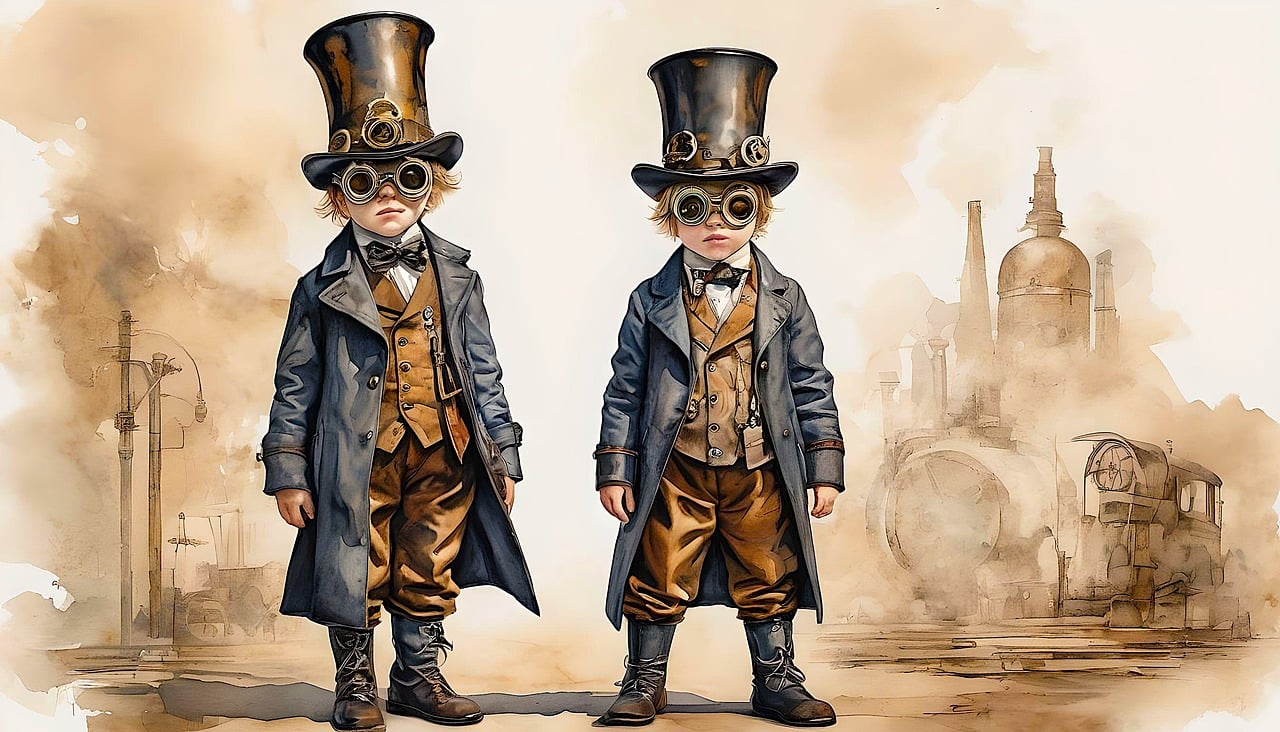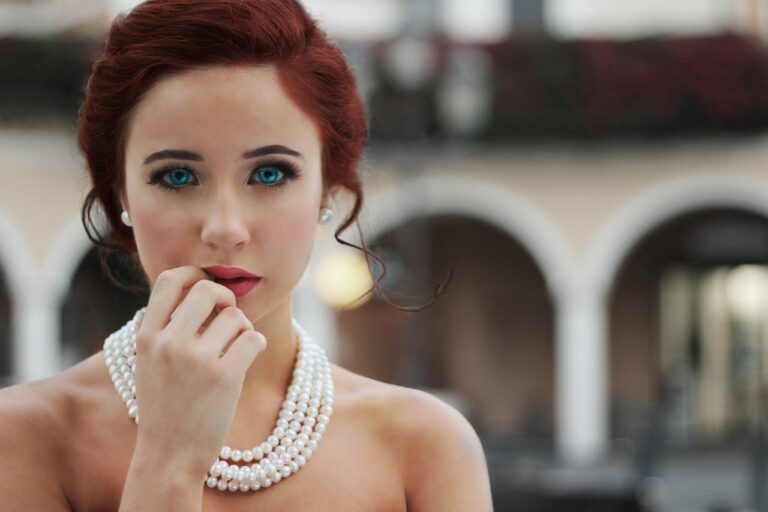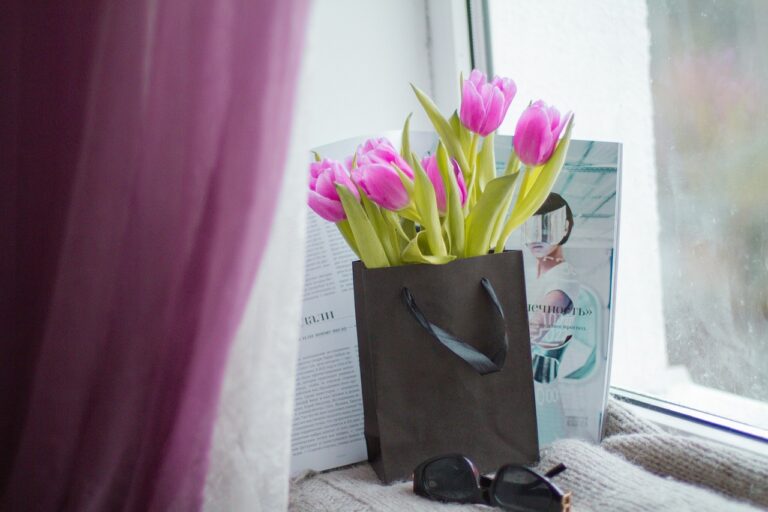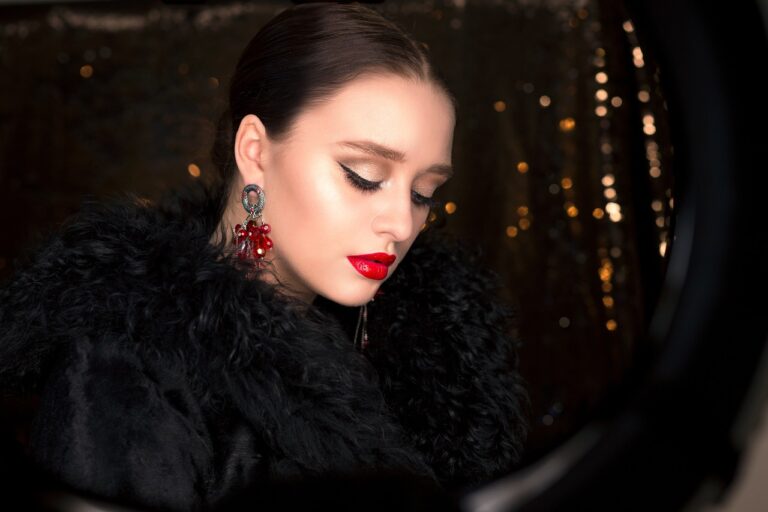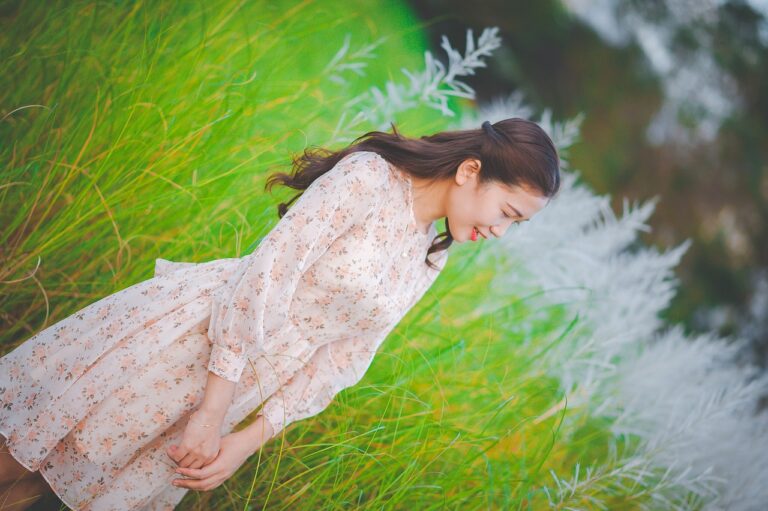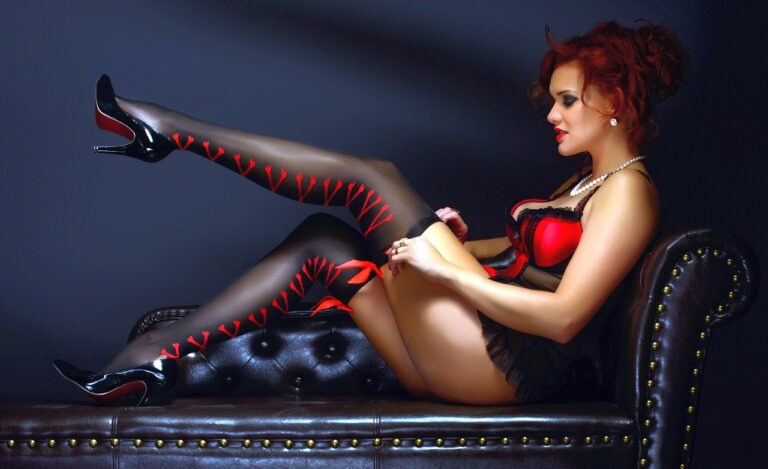Fashion and Literature: Exploring Fashion’s Influence in Books and Poetry
The attire of characters in classic literature often plays a significant role in conveying their social status and personality traits. In Jane Austen’s novels, such as “Pride and Prejudice,” clothing is used to symbolize characters’ wealth and social standing. The fine muslins and silks worn by the upper-class characters contrast sharply with the plainer and more practical attire of those from lower social classes. Through these descriptions, Austen skillfully illustrates the societal hierarchy and values of the time.
Similarly, in F. Scott Fitzgerald’s “The Great Gatsby,” the lavish and extravagant fashion choices of the characters reflect the opulence and excess of the Jazz Age. The luxurious gowns and tailored suits emphasize the characters’ obsession with wealth and materialism. Fitzgerald uses fashion as a tool to underscore the themes of decadence and superficiality present throughout the novel.
Fashion in Modern Literature
Fashion trends in modern literature often serve as more than just descriptions of characters’ attire. Authors utilize clothing choices as a tool to reveal deeper aspects of their characters’ personalities. This is evident in works like “The Devil Wears Prada” by Lauren Weisberger, where the protagonist’s transformation from a frumpy wardrobe to high-end fashion mirrors her own growth and confidence throughout the story. Through fashion choices, authors are able to add layers of complexity to their characters, allowing readers to connect with them on a more intimate level.
Additionally, the use of fashion in modern literature can also serve as a commentary on societal norms and values. Authors often use clothing to reflect the cultural context in which their stories are set. For example, in “Crazy Rich Asians” by Kevin Kwan, the extravagant and opulent fashion choices of the characters highlight the excess and materialism prevalent in the world of the ultra-rich. By incorporating fashion into their narratives, authors can subtly explore themes of identity, class, and consumerism in a way that resonates with readers on a deeper level.
Fashion in Poetry
Clothing, often depicted as a reflection of one’s inner thoughts and emotions, plays a significant role in poetry. Poets use descriptions of attire to convey a character’s personality, status, or even societal norms. Through detailed accounts of clothing choices, poets bring depth to their characters and add layers of meaning to their verses.
Fashion in poetry is not limited to physical garments but extends beyond to encompass symbolic representations. The choice of attire can serve as a metaphor for larger themes such as identity, transformation, or even political statements. Poets skillfully weave threads of fashion into their verses, creating a rich tapestry of visual imagery that resonates with readers on a deeper level.
How does fashion play a role in classic literature?
In classic literature, fashion is often used to portray social status, character traits, and societal norms. It can be a reflection of the time period in which the story is set.
How is fashion depicted in modern literature?
Modern literature often explores the complex relationship between fashion and identity. Characters may use fashion as a means of self-expression or rebellion against societal norms.
How is fashion portrayed in poetry?
Fashion in poetry can serve as a metaphor for deeper themes such as identity, change, and self-expression. Poets may use clothing and style as symbols to convey emotions and ideas.

